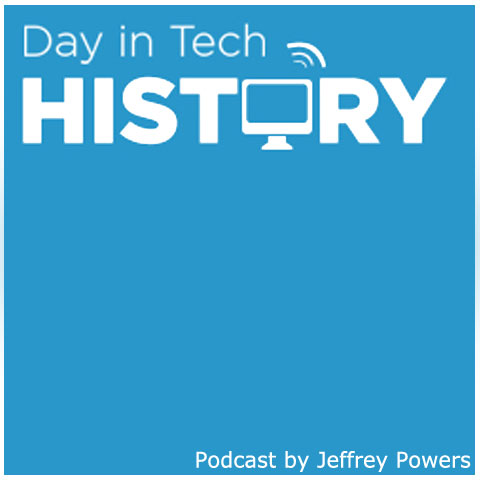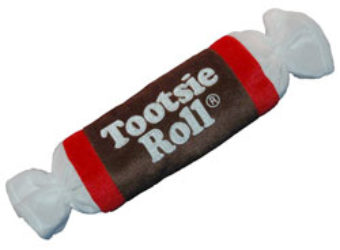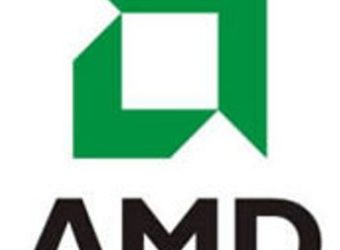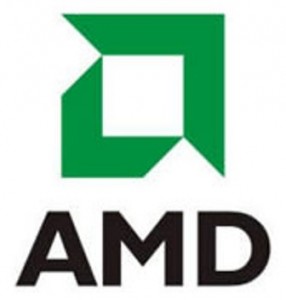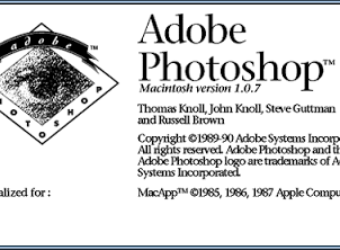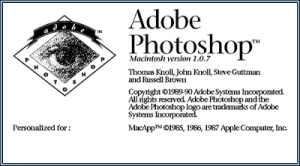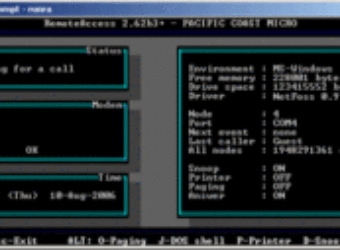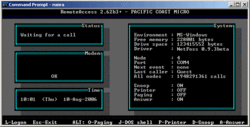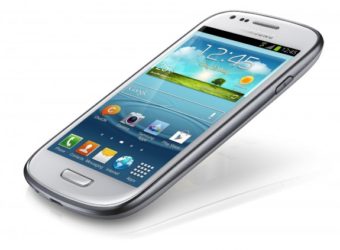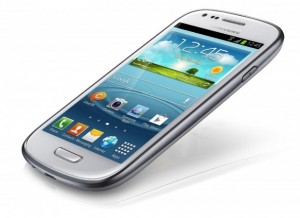February 23, 1896: Tootsie Roll Introduced
Subscribe! Spotify | RSS | More
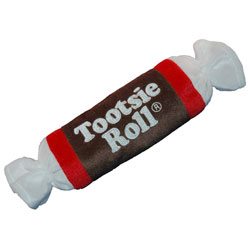
1896 – A little Geeky knowledge for ya – The Tootsie roll is introduced. Austrian immigrant Leo Hishfield took the idea to a New York store and sold the idea. The name comes from her 5 year old daughter, whom everyone called “Tootsie”. It became the first “Penny candy” and was even a War time ration since it could withstand severe weather conditions.
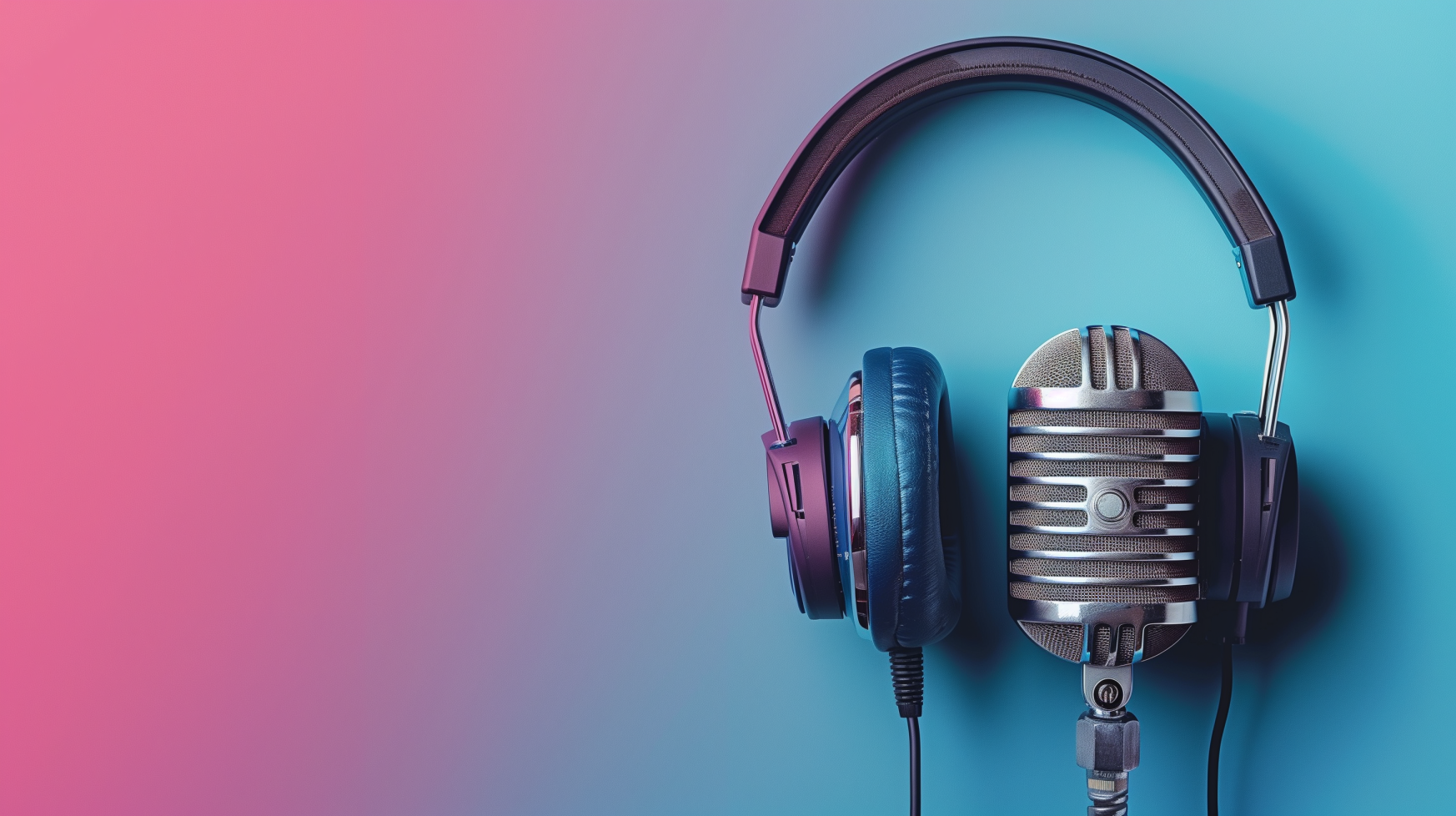
Subscribe to Day In Tech History:
RSS Feed - iTunes - Android - Spotify - iHeartRadio
Facebook -
- RSS Bandwidth by Cachefly Get a 14 Day Trial
- Join me on Patreon and support Day in Tech History
- Texas Instruments recalls the TI-99/4a for a short in the system
- JTS Corp sells Atari to HIACXI, who is owned by Hasbro
- Comcast OnDemand is launched

